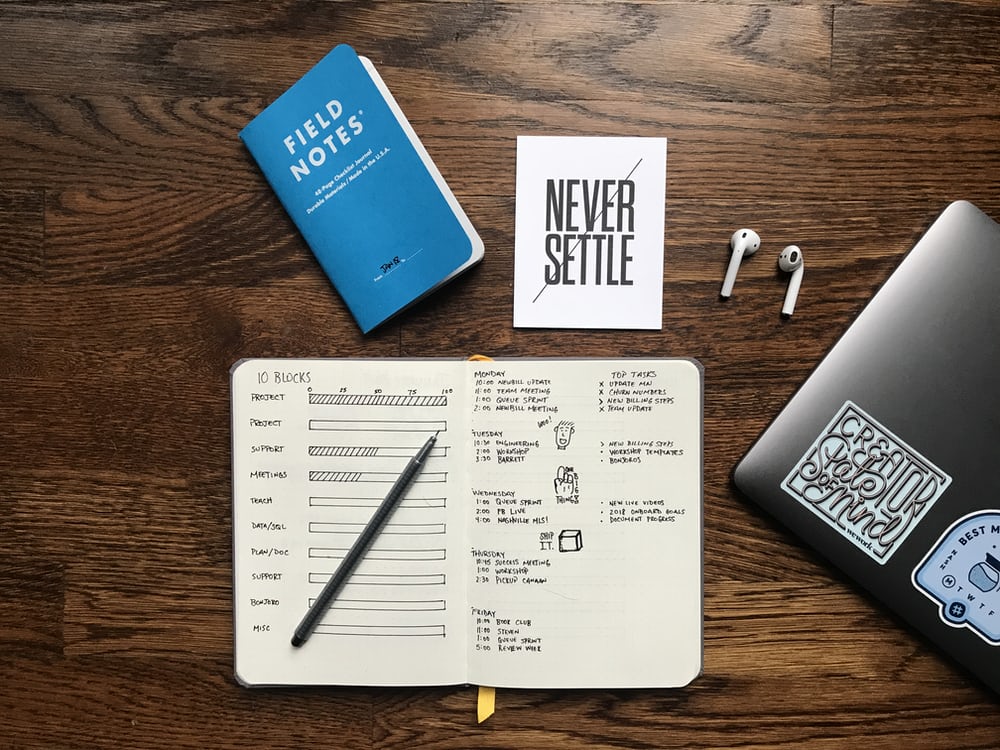Are you looking for strategies to teach students to take notes during class? If so, keep reading.
1. Praise the student for taking notes during class when appropriate: (a) give the student a concrete reward (e.g., privileges such as leading the line, handing out learning materials, 10 minutes of free time, etc.) or (b) give the student an informal reward (e.g., praise, handshake, smile, etc.).
2. Converse with the student to explain (a) what they are doing wrong (e.g., failing to take notes) and (b) what they must be doing (e.g., taking notes).
3. Create classroom rules: • Complete every assignment. • Complete assignments quietly. • Remain in your seat. • Finish tasks. • Meet task expectations. Examine rules often. Praise students for following the rules.
4. Praise those students in the classroom who take notes during class when appropriate.
5. Praise the student for taking notes during class based on the duration of time they can be successful. As the student shows success, slowly increase the required duration of time for taking notes for reinforcement.
6. Select a peer to model taking notes during class for the student.
7. Draft an agreement with the student stipulating what behavior is required (e.g., taking notes) and which reinforcement will be implemented when the agreement has been met.
8. Connect with parents (e.g., notes home, phone calls, etc.) to disseminate information about the student’s progress. The parents may reinforce the student at home for taking notes during class when appropriate.
9. Get the student to question any directions, explanations, or instructions they do not understand.
10. Teach the student note-taking skills (e.g., copy main ideas from the board, find main ideas from lectures, condense statements into a few keywords, etc.).
11. Give a standard format for writing down instructions or explanations (e.g., have paper and pencil or pen ready, listen for the steps in instructions or explanations, write a shortened form of instructions or explanations, ask to have any steps repeated when appropriate, etc.).
12. Give a standard format for taking lecture notes (e.g., have paper and pencil or pen ready, listen for main ideas or essential information, write a shortened form of main ideas or essential information, ask to have any main ideas or essential information repeated when appropriate, etc.).
13. Assess the appropriateness of note-taking to determine (a) if the task is too easy, (b) if the task is too complicated, and (c) if the duration of time scheduled to finish the task is sufficient.
14. Consider providing the student with a notetaking app. Click here to view a list of the best of the best notetaking apps.





